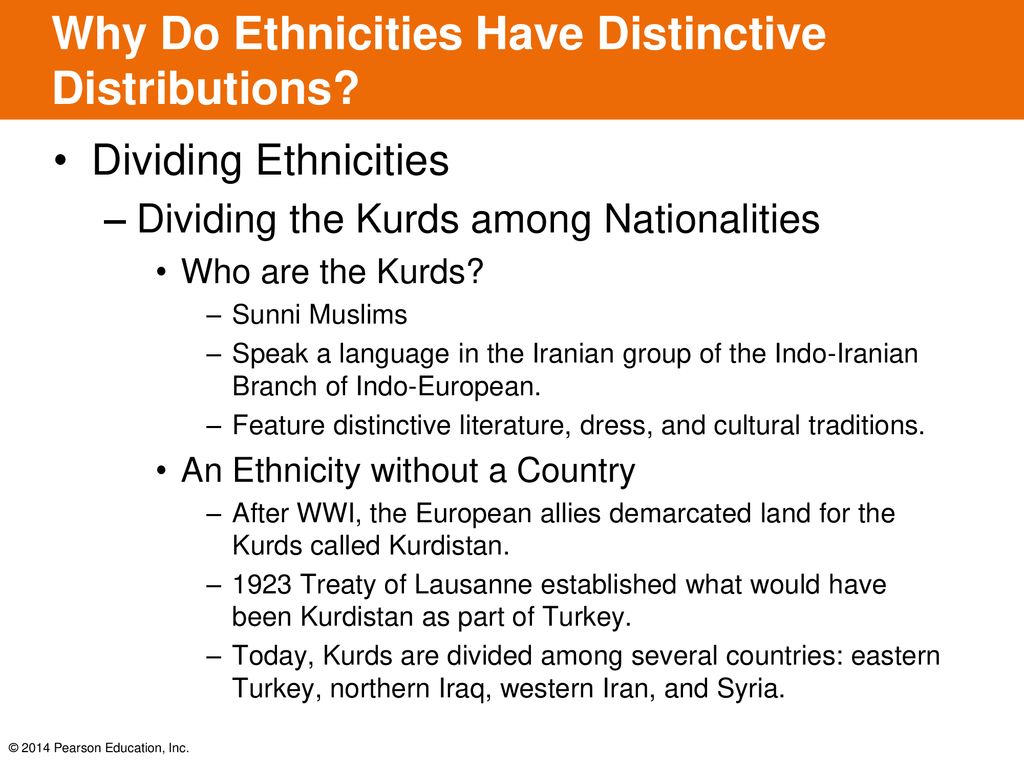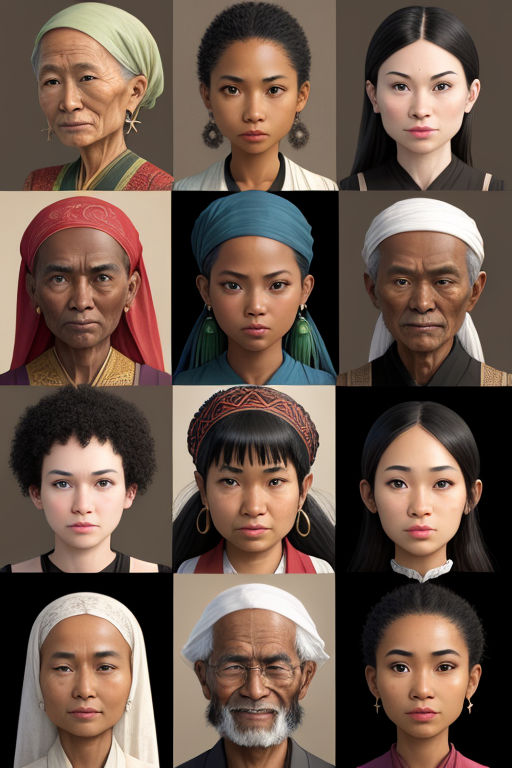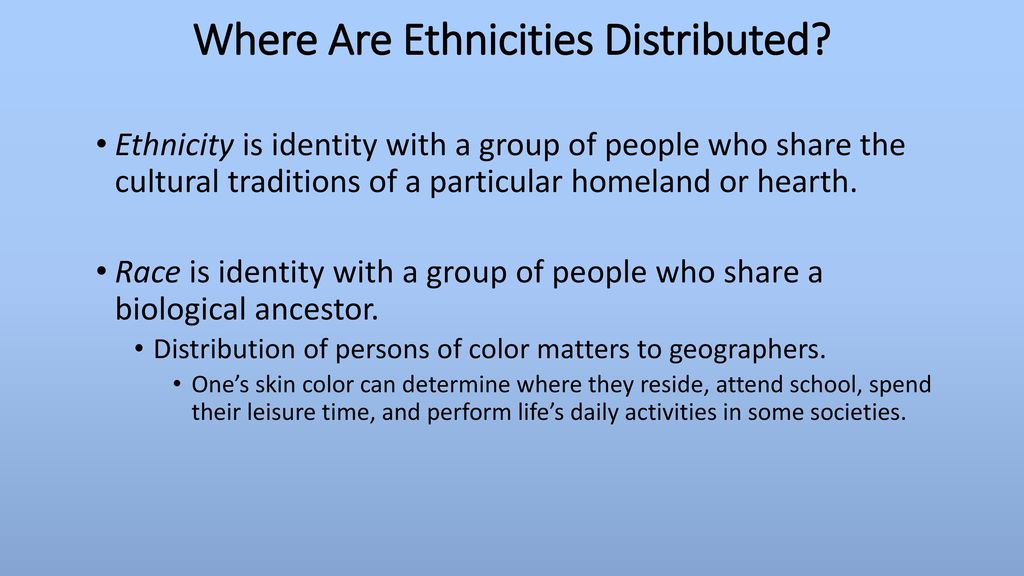The Shifting Demographics of America: Understanding the Evolving Racial and Ethnic Landscape
Table of Contents
- Key Issues Where are ethnicities distributed? Why do ethnicities have ...
- Diverse ethnicities | Premium AI-generated image
- Ethnicity Presentation
- Premium AI Image | Group of different ethnicities International Day ...
- The Ethnicity Tag - Damzel In This Dress
- Premium AI Image | Diverse ethnicities AI generation
- Premium AI Image | Diverse ethnicities AI generation
- People of various ethnicities. by 윤철영 - Playground
- Unit 3 Chapter 7 Ethnicities. - ppt download
- Premium AI Image | Diverse ethnicities AI generation



A Growing Diversity



Key Trends and Statistics

- The Hispanic or Latino population is projected to reach 111 million by 2060, up from 59 million in 2020.
- The Asian population is expected to grow to 46 million by 2060, up from 24 million in 2020.
- The African American population is projected to reach 74 million by 2060, up from 46 million in 2020.
- The non-Hispanic white population is expected to decline to 179 million by 2060, down from 197 million in 2020.


Implications of the Changing Demographics

- Workforce and Economy: A more diverse workforce can bring new skills, perspectives, and ideas, driving innovation and economic growth.
- Politics and Governance: Shifts in the racial and ethnic composition of the population can influence voting patterns and the priorities of elected officials.
- Education and Healthcare: A diverse population requires tailored education and healthcare systems that address the unique needs of different racial and ethnic groups.
For more information on the changing racial and ethnic composition of the US population, visit the US Census Bureau website or explore other reputable sources on demographics and population trends.